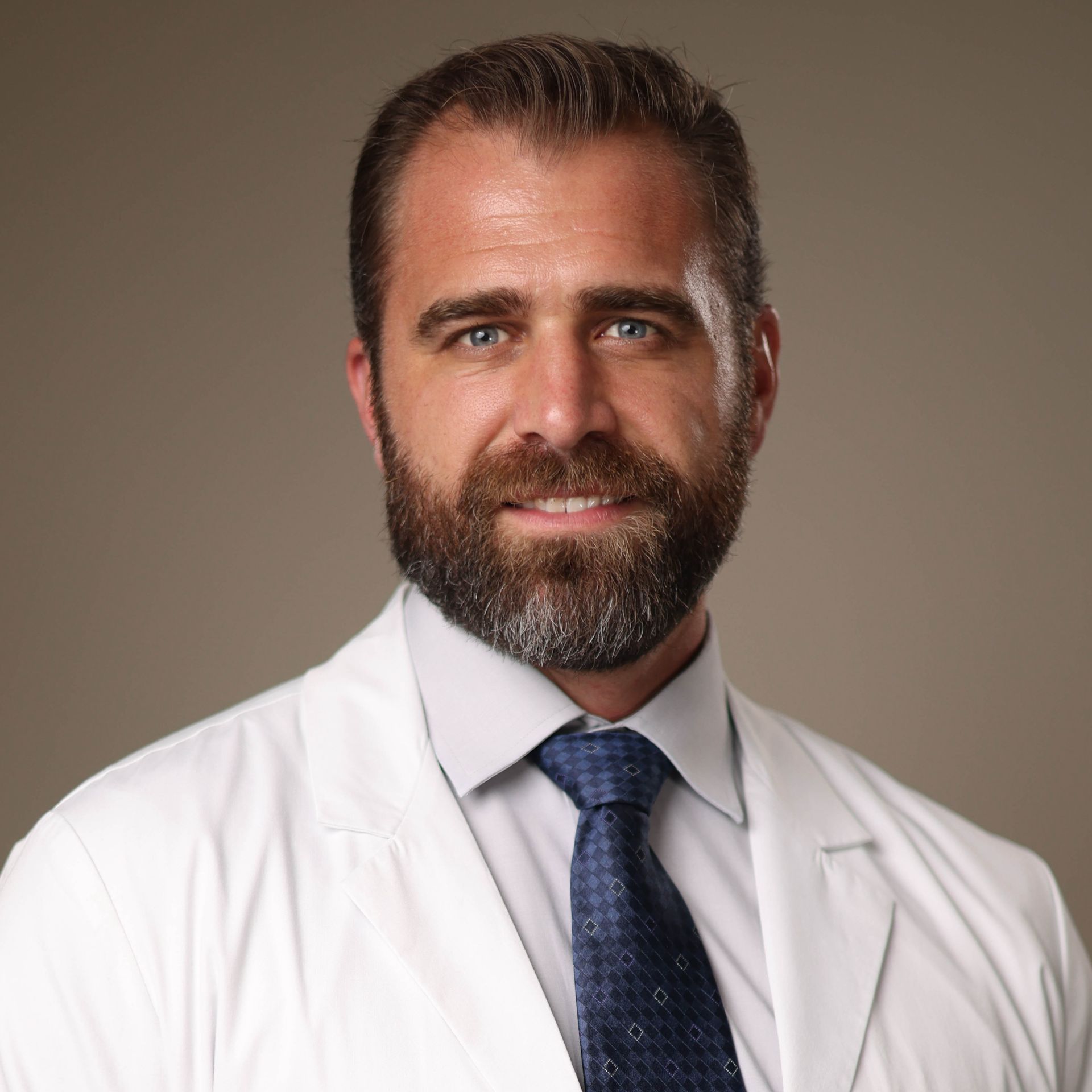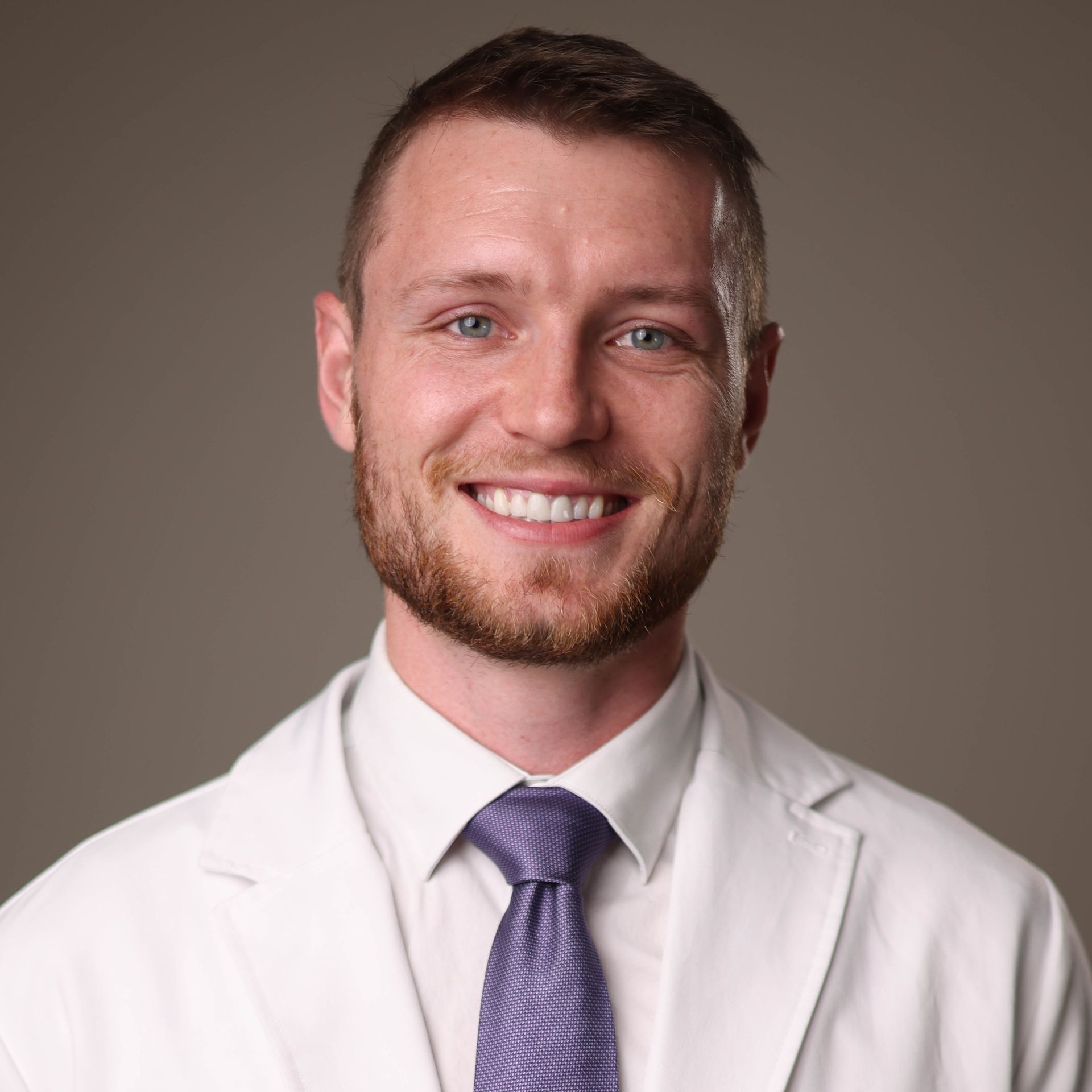Dizziness
Relief Through Precision Care
Expert Care for Dizziness
At Cerebral Chiropractic, we excel at helping patients find lasting relief from dizziness. Our expertise lies in identifying and addressing the root cause of this debilitating condition, and we’ve seen countless lives transformed as a result. Many of our patients come to us after years of searching for answers, and we’ve been able to restore their balance and confidence with our unique approach to care.
The reason we’ve been so successful is our ability to differentiate where dizziness originates. Many people believe dizziness stems from inner ear or vision problems, and while that can occasionally be true, it is less common than originating from problems in a very specific area of the brainstem. This brainstem area, which coordinates balance, sits within the craniocervical junction—the critical region where the skull meets the spine. Treatments targeting the inner ear or vision don’t succeed because they don’t address this more common source of the issue.
The Physiological Root Causes of Dizziness
Dizziness is more than just a feeling of disorientation—it’s a sign of a mismatch in your body’s balance system. This system is composed of three main sensory inputs that work together to provide a sense of stability and spatial awareness.
Eyesight
Eyesight contributes about 10% of the information needed for balance by helping the brain orient the body in relation to the environment. While vision plays a role, the balance system can adapt without it—many blind individuals maintain excellent balance without experiencing dizziness.
Inner Ears
The inner ears provide approximately 20% of the information necessary for balance. Within the ears, semicircular canals contain fluid and small stones that move with head motion. These movements send signals to the brainstem, letting it know the head’s position, movement direction, and speed.
Proprioceptors
Proprioceptors, located throughout the body, provide spatial awareness by telling the brain how the body is positioned. Approximately 70% of balance-related information comes from these proprioceptors, with the most sensitive located in the upper neck muscles and joints.
When functioning correctly, these three systems send signals to the vestibular nucleus in the brainstem, ensuring your body feels stable and balanced.
Mismatched Signals: The Underlying Cause of Dizziness
The vestibular nucleus, located in the brainstem within the craniocervical junction, is the body’s balance center. It processes information from your eyes, inner ears, and proprioceptors, integrating these signals to provide a sense of stability and orientation. For the balance system to work properly, the signals from these three systems must align.
If the signals don’t match, dizziness occurs. A few examples of this mismatch would be:
- If your eyes perceive your head as straight, but your proprioceptors signal that it’s tilted, the mismatch results in dizziness.
- If your inner ears sense that your head has turned 20 degrees to the right, but your neck’s proprioceptors report only a 10-degree turn, the conflicting signals will create disorientation.
This mismatch is the primary cause of dizziness. In severe cases, the imbalance can escalate into vertigo, a more extreme sensation where the room feels like it’s spinning. (Read more about vertigo here)
Misalignments in the craniocervical junction are a common but overlooked cause of mismatched signals. These misalignments can interfere with proprioceptive nerve function, disrupting the brainstem’s ability to integrate information from the balance system.
Advanced Orthogonal Chiropractic: Locating and Correcting the Root Cause
At Cerebral Chiropractic in St. Petersburg, we specialize in identifying and correcting misalignments in the craniocervical junction. Many people who have dizziness have a misalignment in this area and don’t even know it.
These misalignments disrupt the proprioceptive signals from the upper neck, leading to the mismatched inputs that cause dizziness.
Using the Advanced Orthogonal Technique, we precisely correct these misalignments with the following process:
- Comprehensive Evaluation: We use advanced imaging to measure misalignments in the craniocervical junction with millimeter precision, identifying even subtle disruptions.
- Gentle Correction: Once identified, we correct these misalignments using percussion sound wave technology. Unlike traditional chiropractic adjustments, this method is non-invasive—there’s no cracking, twisting, or popping of the neck.
- Restoration of Function: Realigning the craniocervical junction resolves proprioceptive mismatches, allowing the vestibular nucleus to process accurate signals and restore balance.
This targeted approach addresses the root cause of dizziness, providing lasting relief without invasive procedures or medications.
What Makes the Advanced Orthogonal Technique Different?
The Advanced Orthogonal Technique offers a safer, more precise, and longer-lasting solution for dizziness than traditional methods.
- Targeted Diagnostics: While many treatments focus on the inner ear or vision, our approach prioritizes evaluating the craniocervical junction, a frequently overlooked source of balance issues.
- Gentle Adjustments: Traditional chiropractic care often involves forceful manipulations that can feel uncomfortable or risky, especially for patients already experiencing dizziness or neck pain. The Advanced Orthogonal Technique uses sound wave technology to deliver corrections that are both gentle and highly effective.
- Reproducible Results: By relying on advanced imaging and precision tools, this technique ensures consistent, reliable outcomes tailored to each patient’s anatomy.
For patients who have struggled to find relief through conventional treatments, this unique approach provides a new path to healing.
From Struggle to Stability: Patient Success Stories
Living with dizziness doesn’t just affect your balance—it can disrupt every aspect of your life, from work to social interactions to your ability to enjoy daily activities. At Cerebral Chiropractic, we understand the toll it takes, and we’re here to help just like we did for these patients:
All dizziness is gone and staying gone!
"Six weeks ago, I got very dizzy. It started with a neck massage. When I got up, I couldn't move my head. It felt like I was falling. A friend referred me to Dr. Chris Slininger. After persistent, sound wave adjustments and care, all dizziness is gone and staying gone! My posture has improved, and I feel steady on my feet again. I’m so thankful to have found the root cause and to be on my way to better health."
– Debbie Jetter
Everything changed for the better.
"After struggling with persistent dizziness, neck pain, and a loss of balance, my daily life became increasingly difficult. Simple tasks like gardening, focusing on projects, and exercising were all affected. However, after receiving care at Cerebral Chiropractic, everything changed. My mobility, strength, and balance significantly improved, and I was finally able to resume my favorite activities. Now, my life is more enjoyable, and I'm back to living a healthy, active lifestyle, all thanks to the dedicated care I received."
– Brenda K.
Take Control of Dizziness with Expert Care
If you’re tired of living with dizziness and want to understand its root cause, it’s time to take the next step. At Cerebral Chiropractic in St. Petersburg, our expert doctors specialize in using the Advanced Orthogonal Technique to evaluate and correct misalignments in the craniocervical junction.
During your consultation, we’ll take the time to listen to your story, evaluate your symptoms, and determine whether you’re a candidate for care. If misalignments are identified, we’ll develop a personalized plan to restore balance and help you regain control of your life. Relief is possible—and it begins with understanding the root cause.
Contact us today at (727) 677-0001 or click the button below to schedule your consultation. Let us help you feel steady, confident, and balanced again.
References
- Yacovino DA, Hain TC. "Clinical Characteristics of Cervicogenic-Related Dizziness and Vertigo." Semin Neurol. 2013 Jul;33(3):244-55. doi: 10.1055/s-0033-1354592. PMID: 24057828.
- Miller JA, Hosek MS, Rectenwald R, Sliver J, Pierce Sr. GS. "Improved Stability Measured by Posturography Following Upper Cervical Chiropractic Care." J Upper Cervical Chiropractic Research. 2018 Oct;33-45.
Related Articles



Our Doctors
Experts in Spinal and Neurological Care
Dr. Chris Slininger, DC, DCCJP
Craniocervical Specialist
Dr. Slininger focuses heavily on complex neurological conditions and advanced spinal challenges such as headaches, migraines, dizziness, vertigo, concussion, mTBI and more.
Dr. Ethan Surprenant, DC
Upper Cervical Chiropractor
Dr. Surprenant specializes in innovative, non-invasive Upper Cervical Chiropractic Care, uniquely addressing complex neurological conditions like dysautonomia, migraines, headaches, cranio-cervical syndrome, to restore lasting neurological health.





